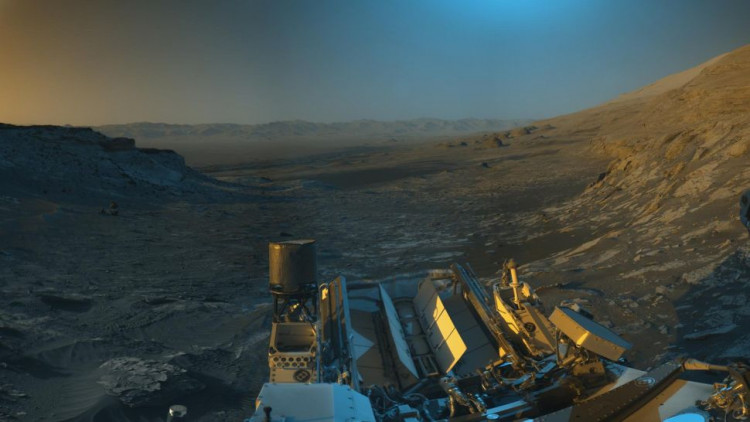A new study suggests that drilling deep into Mars' surface could provide radiation protection as well as building materials for future astronauts.
Scientists are only just beginning to understand how events on the sun could affect space, and thus how that radiation could affect humans and innovation in the dawn of mankind's space exploration.
We now have a much better understanding of our space environment, its effects, and the best ways to protect astronauts as a result of extensive space radiation research-all critical components of NASA's mission to send humans to Mars.
Cracking the surface of Mars could yield results that challenge planetary evolution theories.
When JPL put out an informal call for ways to depict the surface of Mars in 2006, they quickly realized that a conventional drill would be too big and heavy to transport on a small lander and too difficult to operate remotely, says InSight principal investigator and planetary geophysicist Bruce Banerdt of JPL. The engine of a drill must remain on the surface. The bit had to be 5 meters long to drill 5 meters underground.
To gather the balance, the scientists will periodically command the Mole during its dig down to warm itself to a specific temperature and time how long it takes to reach that temperature.
The heat flow results may put to test some key predictions about Mars' origin, such as how hot Mars would be when it originated.
Health risks can also be reduced through operational measures such as designating a specific area of the spacecraft or Mars habitat as a radiation storm shelter, planning spacewalk, and research protocols to minimize time outside the more heavily shielded spacecraft or habitat, and ensuring that astronauts can quickly return indoors in the event of a radiation storm.
Radiation risk reduction can also be approached from the perspective of the human body.
Magnetic shields that are light and portable could be the greatest solution to protect astronauts from dangerous radiation when traveling to Mars or beyond.
The solar wind, which is composed of low-energy photons emitted by the sun, and galactic cosmic rays, which originate outside the solar system, are the two principal sources of harmful radiation in space.
Long-term exposure to galactic cosmic rays and solar particles, according to experts, can increase the risk of cancer by a factor of 10.
Increased spacecraft depth would be sufficient to protect astronauts from low-energy solar particles, but high-energy galactic cosmic rays would interact with the shielding materials, causing much more radiation.




